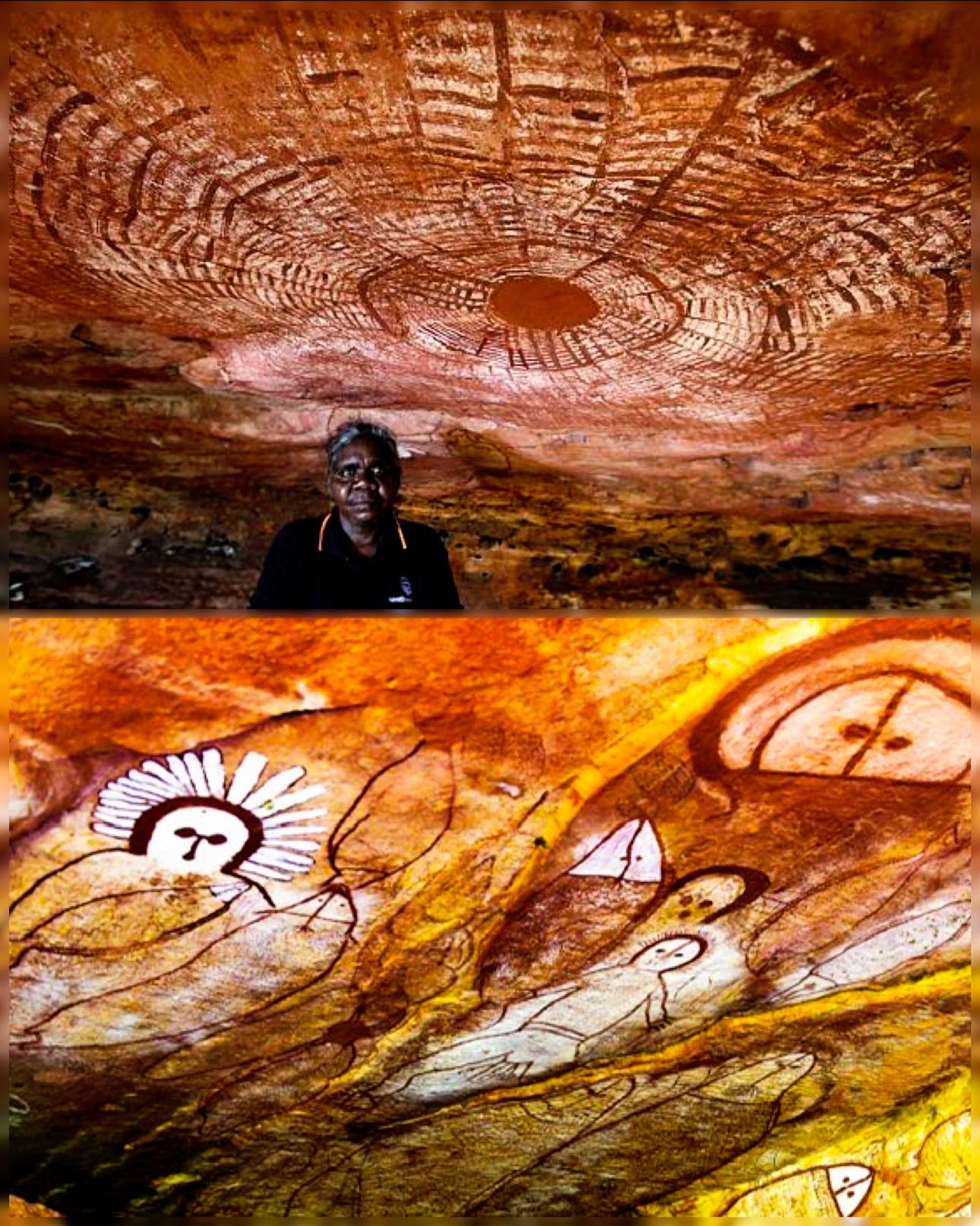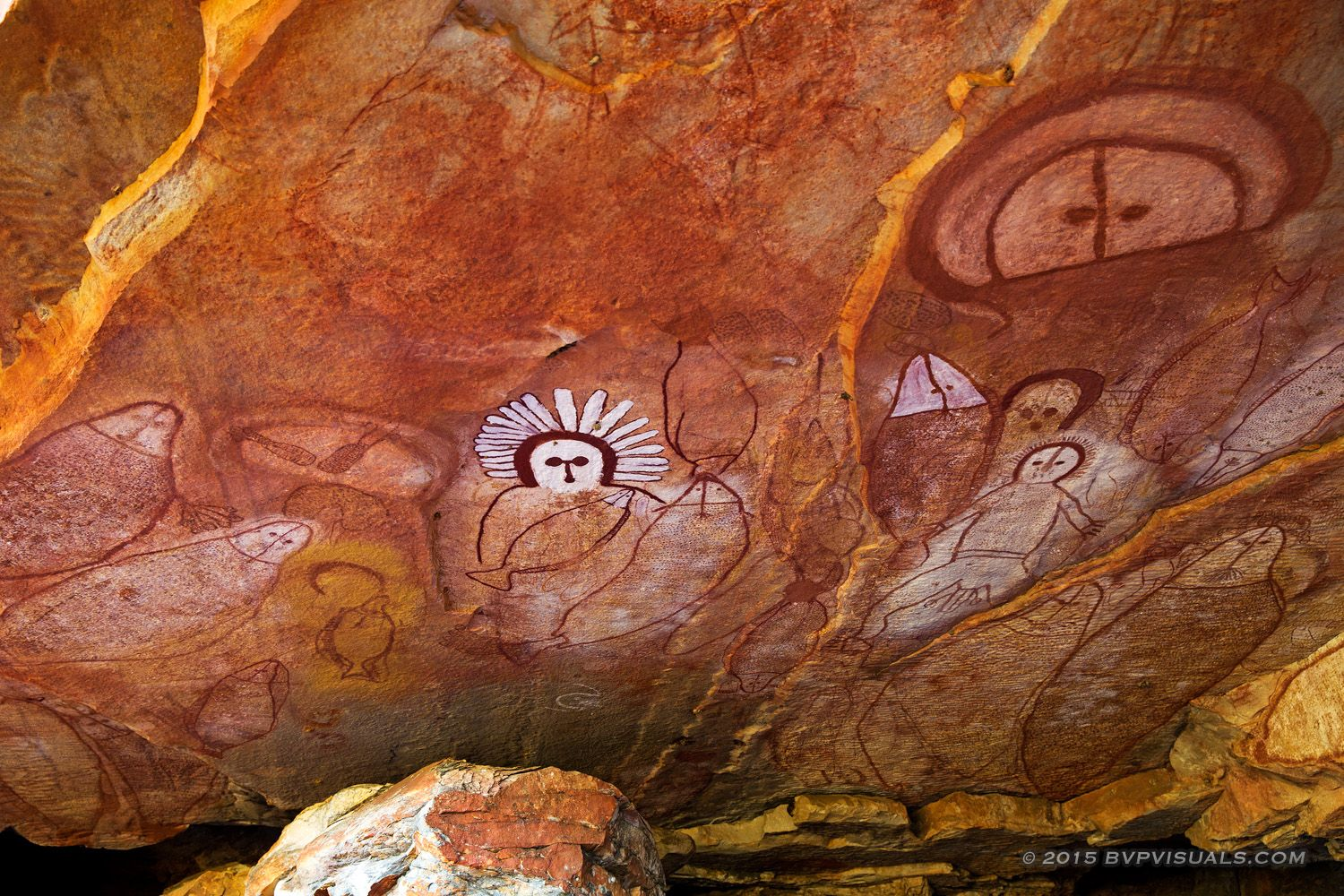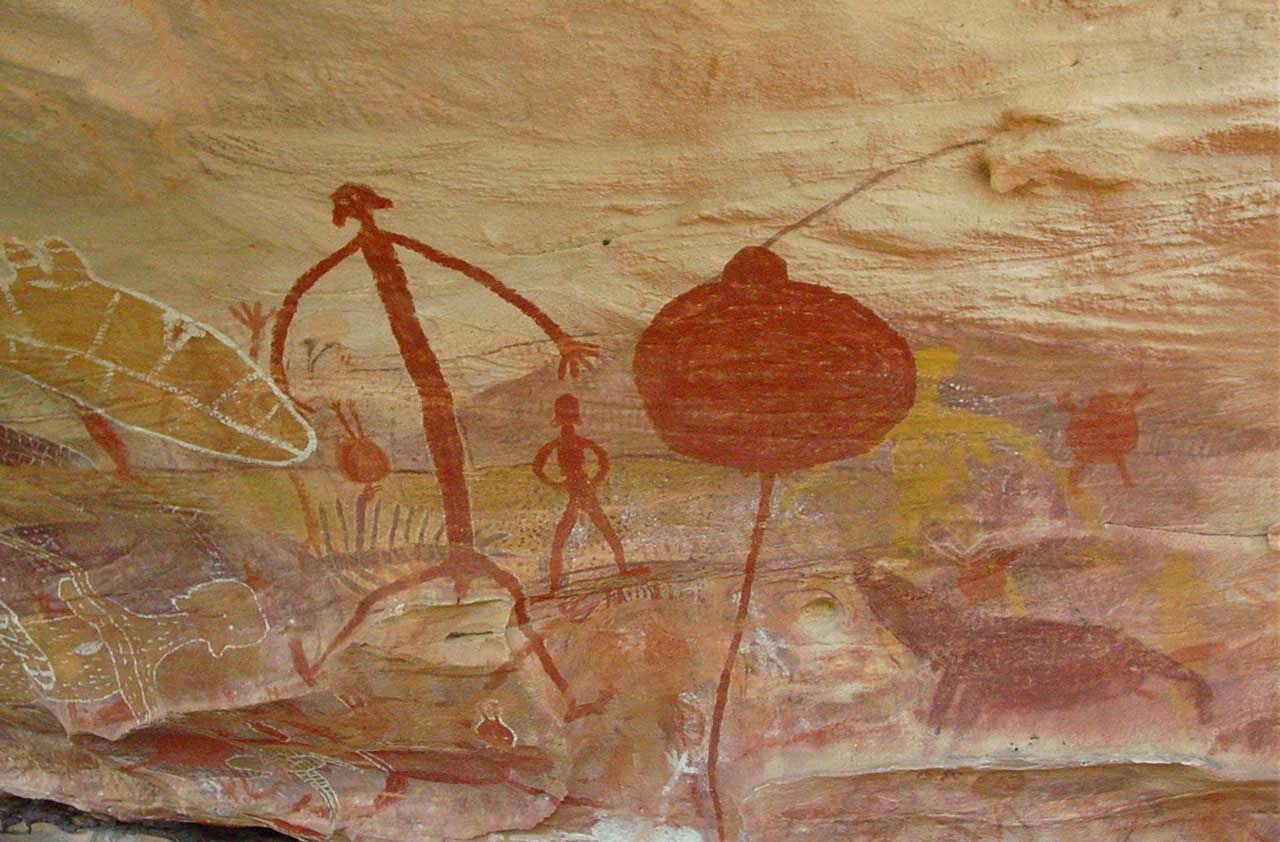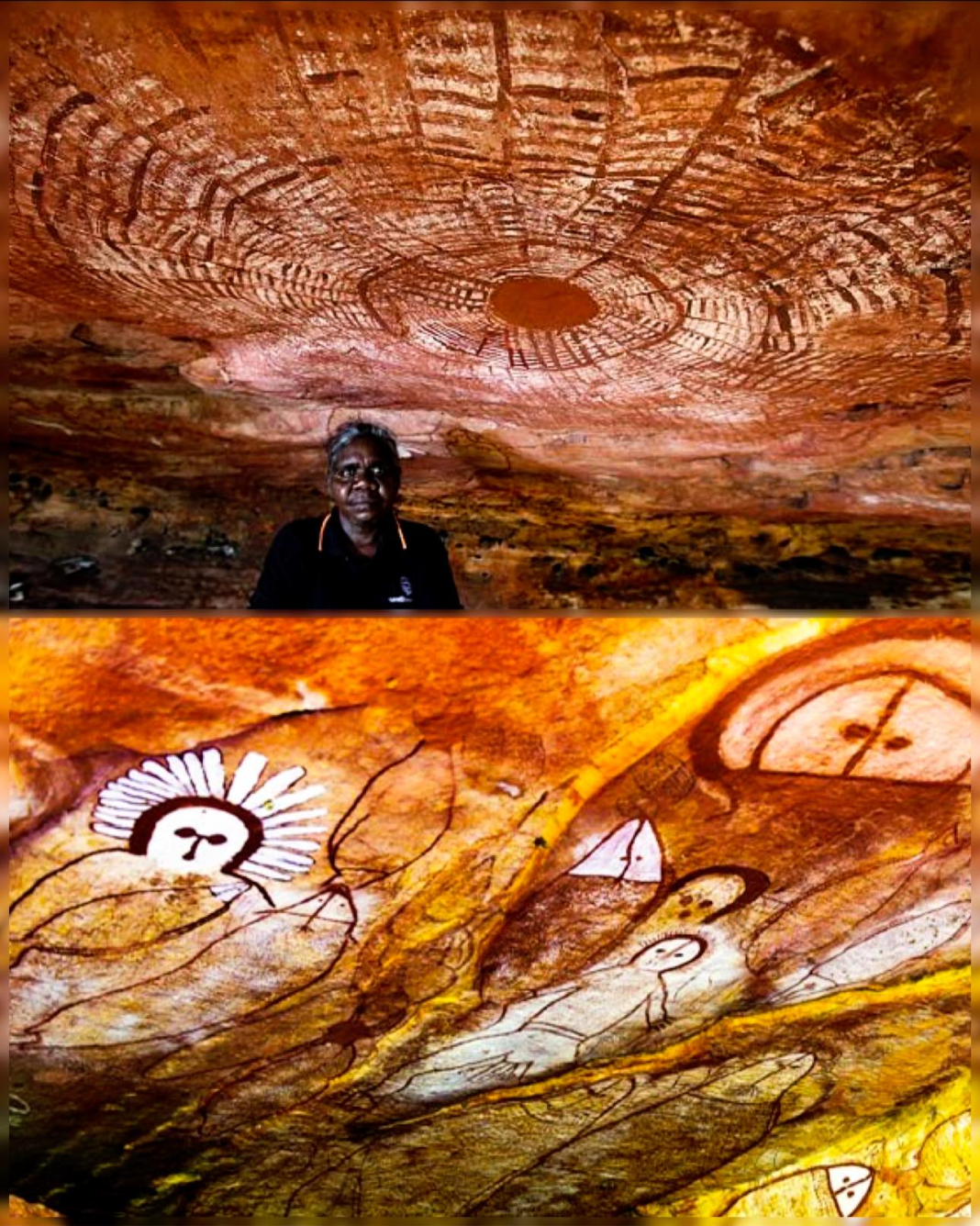In the Kimberley region of north-western Australia, some rock art dates back an astonishing 41,000 to possibly 50,000 years, making it among the oldest human-made artworks on Earth. This remarkable body of work was created by Indigenous Australians, whose deep connection to the land and spiritual beliefs permeate their art. Found in rock shelters, on boulders, and on flat rock surfaces, these artworks provide a unique window into the past and the culture of the Aboriginal people who have called this land home for millennia.

Archaeologists and researchers estimate that there are tens of thousands of rock art sites in the Kimberley region, though many remain unexplored and undiscovered. This extensive collection showcases a rich variety of artistic styles, which evolved over thousands of years. Each artwork tells stories, preserves knowledge, and conveys spiritual themes that are intrinsic to Indigenous culture.

Among the most famous examples of Kimberley rock art are the Gwion Gwion paintings, also known as the Bradshaw paintings. These intricate depictions, characterized by their fine detail and dynamic human figures, illustrate scenes that suggest ceremonial and social activities. The figures often appear adorned with elaborate headdresses, clothing, and accessories, indicating the importance of these depictions in the cultural fabric of the time.

Equally significant are the Wandjina spirit figures, which hold profound meaning in Aboriginal mythology. These large, striking figures are recognized by their halo-like headdresses and intense, round eyes. Representing powerful ancestral beings associated with the creation and maintenance of life, the Wandjina spirits are revered in Indigenous lore. Their presence on the rocks is believed to embody the essence of rain and fertility, critical elements for survival in the region’s harsh landscape.
The pigments used in these ancient paintings are another testament to the resourcefulness and skill of their creators. Natural ochres, made from iron oxide minerals, were carefully prepared and mixed to create a palette of earthy reds, yellows, and blacks that have stood the test of time. The enduring quality of these pigments has preserved the art for millennia, allowing contemporary viewers to witness the legacy of early human creativity.
Efforts to protect and preserve Kimberley’s rock art sites have been met with challenges. Natural weathering, erosion, and human activities pose significant risks to the longevity of these irreplaceable cultural treasures. Conservationists and local Indigenous communities have been working together to raise awareness, promote responsible tourism, and implement measures to ensure that these artworks remain a testament to Australia’s rich heritage.
The Kimberley rock art stands as a powerful reminder of the region’s long and vibrant history, highlighting the resilience and ingenuity of its original inhabitants. It invites reflection on the continuity of culture, the importance of preservation, and the enduring stories etched in stone that connect the past to the present.

















